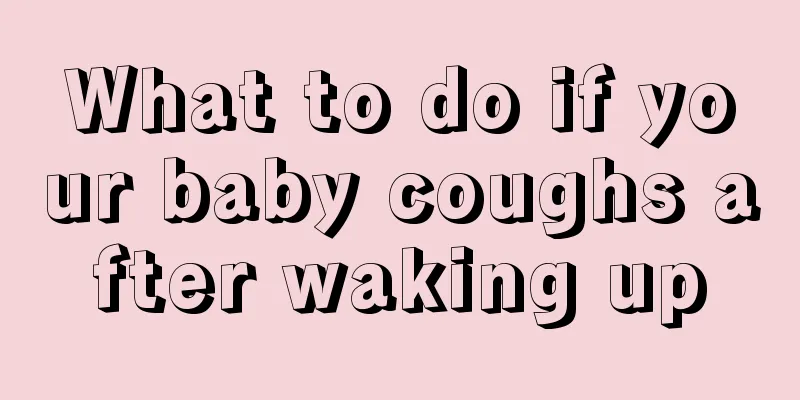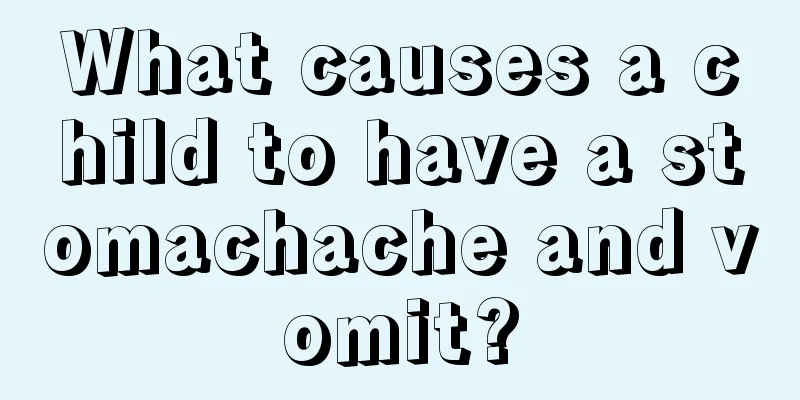What are the dangers of anemia in infants and young children?

|
In life, the probability of babies suffering from anemia is very high, and it will happen at any time. Anemia in children has a great impact on their bodies. If you don’t pay attention, the child may faint. Many parents don’t know that their children have anemia. Because the symptoms of anemia are not very obvious, it is usually ignored by people. If it is not discovered in time, the harm will be great if the child is not treated in time after suffering from anemia. So what are the harms of anemia in children? Anemia in children is divided into four degrees: mild, moderate, severe, and very severe according to the amount of hemoglobin and red blood cell count in peripheral blood. According to the mean corpuscular volume (MCV), mean corpuscular hemoglobin (MCH) and mean corpuscular hemoglobin concentration (MCHC), anemia is divided into four categories: macrocytic anemia, normocytic anemia, microcytic anemia and microcytic hypochromic anemia. According to the cause of the disease, anemia is divided into three categories: hemorrhagic, hemolytic and underproduction. Causes According to the cause of the disease, anemia is divided into three categories: hemorrhagic, hemolytic and hypoplastic: 1. Hemorrhagic anemia (1) Acute blood loss such as trauma, hemorrhagic diseases, etc. (2) Chronic blood loss such as intestinal malformations, ulcer disease, hookworm disease, intestinal polyps, idiopathic pulmonary hemosiderosis, etc. 2. Hemolytic anemia (1) Intrinsic defects of red blood cells ① Red blood cell membrane defects such as hereditary spherocytosis and hereditary elliptocytosis. ② Red blood cell enzyme deficiency such as glucose-6-phosphate dehydrogenase deficiency, pyruvate kinase deficiency, etc. ③ Abnormalities in hemoglobin synthesis and structure such as thalassemia, abnormal hemoglobin disease, etc. (2) External abnormalities of red blood cells ① Immune factors include the presence of antibodies that destroy red blood cells, such as neonatal hemolytic disease, autoimmune hemolytic anemia, drug-induced immune hemolytic anemia, etc. ② Infectious factors such as parasites, bacterial toxins, and hemolysins destroy red blood cells. ③ Chemical and physical factors such as benzene, lead, arsenic, snake venom, burns, etc. can directly destroy red blood cells. ④Others such as hypersplenism. 3. Insufficient red blood cell production (1) Iron deficiency anemia and nutritional megaloblastic anemia due to lack of hematopoietic substances. (2) Bone marrow suppression, aplastic anemia, severe infection, malignant tumors, etc. treat 1. Nutritional iron deficiency anemia (1) Identify and eliminate the cause of the disease. (2) Prevent and treat infection. (3) Take iron supplements. (4) Correct picky eating habits and increase the intake of iron-rich foods according to digestive capacity. 2. Nutritional megaloblastic anemia (1) Eliminate the cause: such as correcting the bad eating habits of the child or the mother, and adding complementary foods in a timely and reasonable manner. (2) Supplement vitamin B12 and folic acid. The harm of anemia in babies will affect their intellectual development and limit their physical growth and nutrition. Guidance: Babies with anemia can take Iron-Zhiyuan tablets containing iron and protein zinc orally. It is safe to supplement iron and can also increase the baby's trace element nutrition. It tastes good and absorbs quickly. Two tablets a day can effectively improve the baby's anemia and improve immunity. It can be added to complementary food and fed to the baby The above content introduces the various hazards of baby anemia. If the child is anemic, then it is necessary to adjust the child's diet in time and give the child more red dates and wolfberries to replenish blood. Such foods have a good blood-replenishing effect. Also remember to let the child exercise more when treating anemia. In this way, the child's anemia may be greatly improved. If the effect is good, continue to treat the child with the same method. |
<<: What to do if infants and young children are zinc deficient
>>: Is it good to bathe babies every day?
Recommend
Why does a 4-year-old boy urinate frequently?
To put it simply, frequent urination means an inc...
Three-year-old child has ear pain
Many babies will cry when they are not feeling we...
What should children eat if they are always constipated?
Children are in a critical period of growth. If t...
Can children eat Cistanche deserticola?
Cistanche is a very precious Chinese medicine, al...
When do sweat glands develop in newborns?
The sweat glands of newborns are not fully develo...
What are the benefits of a glass of milk before bed for children?
Milk is very beneficial to our body and can suppl...
Can six-month-old babies eat kiwis?
Can six-month-old babies eat kiwis? New parents, ...
What are the leg shapes of newborns?
With more and more newborns being born, and with ...
How to answer embarrassing questions children often ask
Every newborn baby is like a blank piece of paper...
Sleeping with a bottle in mouth will affect the growth of baby's teeth
1. Falling asleep with a bottle in mouth When sle...
How to treat a 2-month-old baby who can't sleep well
Every mother hopes for her child's healthy gr...
Mycoplasma in children is weakly positive
When taking care of children, the thing mothers w...
How to treat asthma in children in life?
In our current lives, we often find that today’s ...
Why do children keep farting?
Parents often find that their children fart easil...
What causes bad breath in children?
Normally babies don’t have bad breath. Although b...









